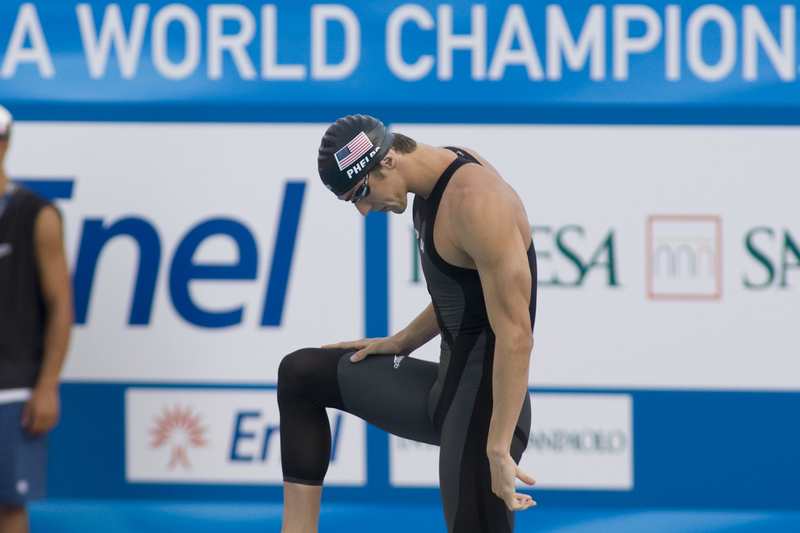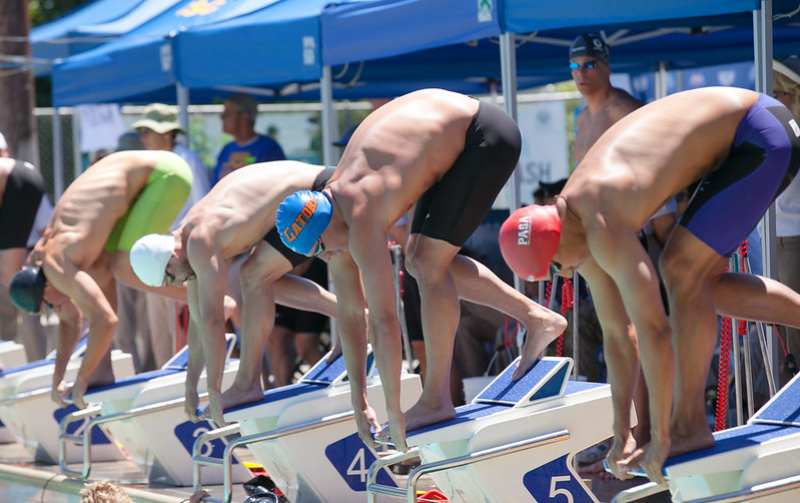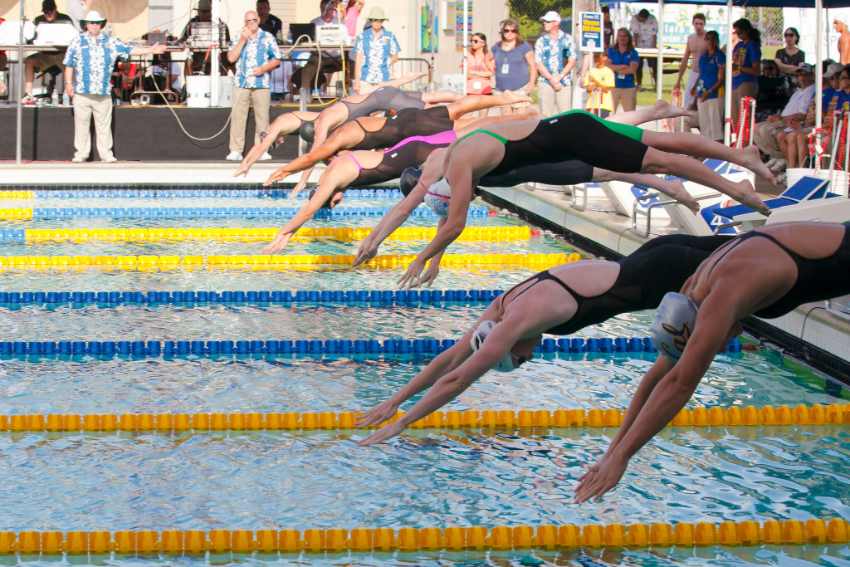Wondering how tech suits help you swim faster and how much time you can expect to drop? Here’s a look at the research on tech suits and swim performance.
When it comes to swimming fast on race day, swimmers rely on tech suits to reduce drag and swim like their hair is on fire.
High-performance competition swimsuits are hydrodynamic, use compression to increase blood flow to target muscles, and repel water, allowing you to swim fast when it matters most.
But just how much are tech suits helping you swim fast?
In this article, we will separate fact from wishful thinking and look at all of the research on tech suits, including whether tech suits make you faster and just how much improvement you can expect when suiting up.
Let’s jump right in.
How Tech Suits Improve Swim Performance
Before we dive into the research and see exactly how much tech suits help you swim faster, it’s key to understand what they do and how they help improve swim performance in the water.
Here are the key things that tech suits do:
Improved streamline. Tech suits are specially designed with panels and tape that compress your body and make it more streamlined in the water.
Reduced drag. The surface of tech suits is designed in such a way that they reduce drag and wave turbulence. Both the external material, ridged like shark skin, and the construction of the suit, with bonded seams for maximum drag reduction.
Made with hydrophobic materials. Racing suits are made with water-repelling materials like elastane and Lycra. Compared to training suits, which are mostly made of polyester, tech suits don’t absorb water, making them very “light” in the water.
Improved buoyancy. These suits are buoyant—raising your hips in the water in the same way that a pull buoy does. Tech suits help give you the sense of swimming “downhill.”
This combination of speed-inducing features improves overall speed in the water.
But by how much?
That’s what we will look at next.
How Much Faster Do Tech Suits Help You Swim?
Most of the existing literature on tech suits and swim performance are papers from the 2000s that studied racing suits like the Speedo LZR Racer and other rubber suits that are no longer legal in competition1,2,3.
The 2000s saw the “Rubber Suit” era, which peaked in 2009, when swimmers in full-body polyurethane suits demolished almost every world record on the books.

(Some of those world records, such as Paul Biederman’s 200 freestyle WR, persist to this day.)
The improvements in 2009 with the rubber suits were absolutely incredible (Foster et al, 2012) when you compare the improvement from 2000:
| 2009 | 2000 | |
| 50m freestyle (men) | 5.53% | 1.00% |
| 100m freestyle (men) | 3.90% | 1.18% |
| 200m freestyle (men) | 3.29% | 1.01% |
| 50m freestyle (women) | 3.62% | 0.84% |
| 100m freestyle (women) | 3.35% | 0.89% |
| 200m freestyle (women) | 2.36% | -0.10% |
The improvements helped men more thanks to their denser body composition (the rubber suits helped them “float” more efficiently), and the improvements were most pronounced in the sprint events.
The rubber suits were banned by the end of 2009, bringing the world record frenzy to an end.
From there, racing suits transitioned to polyamide and elastane as their primary performance-boosting fabrics (Abasi et al, 2013).
Unfortunately, there is not a ton of literature focusing on these specific types of swimsuits.
However, there is one small study (Hagedorn, 2013) that used the current crop of tech suits and tested them for performance.
How Much Time Does a Tech Suit Drop?
The study took a male swimmer and had him do push-offs in a streamlined position, measuring drag and speed in three different conditions: wearing a training jammer, a men’s tech suit (jammer), and a racing jammer with a domed swimming cap.

The swimmer did ten push-offs under each condition, taking plenty of rest between rests to ensure a maximum and consistent effort:
| CONDITION | TIME TO 5.56m |
| Training Jammer | 3.72s |
| Racing Jammer | 3.50s |
| Racing Jammer and Domed Cap | 3.45s |
In just over 5m, there was an average increase in speed of 0.27s when wearing a tech suit and a domed cap.
While a 0.27s improvement isn’t earth-shattering, this could add up quickly over the course of a race with multiple turns.
A 100m race, for example, done short course, has the start and three more push-offs.
Extrapolating the results of this study, you could reasonably estimate that wearing a tech suit would result in an improvement of about a second over a 100m distance.
For swimmers who fight and claw for every tenth of a second on race day, this can mean the difference between making that state cut, going a personal best time, out-touching the competition… and not.
The Final Lap
At the end of the day, nothing is going to replace working hard at swim practice, mastering your technique, and having a killer attitude when you step up on the blocks.
While tech suits often come with a lot of mystique, there is no denying that they provide some performance benefits in the pool.
More Stuff Like This
We’ve covered tech suits in depth here at YourSwimLog.com.
Below are some more resources and guides to cover all of your tech suit curiosities!
How to Put a Tech Suit On. Here are some best practices for getting into your new tech suit is a little easier, while also protecting the suit from accidental tears and rips.
6 Best Kneeskins and Tech Suits for Women. Kneeskins and tech suits for women are expensive business. Here’s a breakdown of the best tech suits for women and kneeskins, whether you are a breaststroker, aiming for the Olympics, or competing at your first swim meet.













